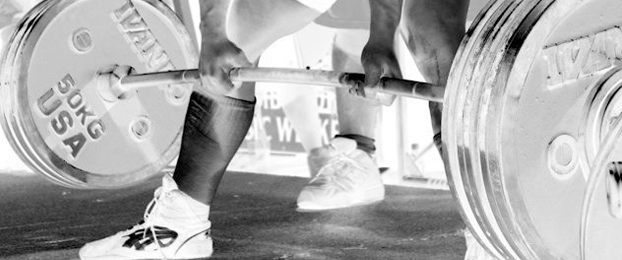
The deadlift is the lift that a new powerlifter initially moves the biggest weights with and makes the most immediate progress. This is usually because the lifter had some prior experience in sports such as martial arts, baseball, or football. A newer lifter may pull 300, 350, 400, or even 450 lbs his very first time. From that point, his progress can be pretty rapid. But what style should the new lifter use and why? Why would a new lifter choose sumo over conventional?
Hopefully, this article will help you come to some decisions on which style best suits you as your deadlift style of choice. Many articles cite a certain “body type” as a consideration for choosing one style over the other. However, we’ve all seen lifters with many different types of physiques pull successfully sumo style or conventional. A particular style that a lifter uses early on in his career may not be the best style for him later on. His leverage may have changed, muscle groups may have become bigger and stronger, and his weight may have increased. So with all that being said, how should a new lifter decide what deadlift style to use and how should he train it?
About 15 years ago, Louie Simmons recommended a five-week deadlift program based on the percentage method. The program started with the lifter having achieved a max single in the deadlift coming into the program. In the first week, the lifter was then to perform 15 singles with 65 percent of that single with short rest periods. For the next week, the percentage was raised five percent and the amount of lifts dropped to 12. This goes on until the fifth week when the lifter has reached 85 percent and performs six singles.
I feel this program is vastly superior to any other for new lifters because by using weights in this percent range, the lifter is able to focus on his technique and think through the lift rather than get all psyched up and possibly miss or just muscle the barbell up. In addition, weights of 85–100 percent for a new lifter may in fact reinforce bad technique rather than correct it. In the sixth week, the lifter should attempt a new max in the deadlift.
Here’s my advice. For the first training wave, pull conventional. Play around with the conventional stance and find what suits you best (shoulder width stance, very close heels touching, feet angled out). Experiment and find an optimal pulling stance.
After a new max has been attempted and hopefully achieved in week six, start the cycle over, this time with a sumo stance. Again, experiment with foot stance such as an ultra wide sumo or a more moderate sumo. Play around with the angle of the feet. A good rule of thumb is to have them angled out at least 45 degrees to keep your center of gravity as close to the barbell as possible. Go through the cycle, and on the sixth week, attempt a max with the sumo stance. Now, you’ve spent three concentrated months on your deadlift. You should have a good idea what your particular strengths and weaknesses are with each style and what style allows you to lift the most weight in a contest. Regardless of which style you choose, it’s important to still train the opposite style at some point. One style will help the other.
As far as equipment goes, I feel new lifters should always wear a power belt to deadlift in. Not only does it protect the lifter from injury, but the lifter learns how to exert against the belt during the lift. Flat shoes are also important, so wear them when deadlifting. Another item that even a new lifter may want to consider is a suit, especially in the sumo deadlift. In the sumo, the initial separation of the barbell from the floor is greatly aided by a tight lifting suit. As the lifter progresses from training to competition, it only benefits him to learn the equipment as he progresses in the training. EliteFTS sells several single ply and double ply Metal suits specifically made for deadlifting. Check them out.
In today's powerlifting world, the squat and bench press seem to have the most influence on one’s total, but the good deadlifter in a meet always has the ace in the deck. He has the last move. You may never become a great deadlifter, but you can always become a better deadlifter. So become passionate about the deadlift. Learn what techniques work best and when to make changes, and you too may have the last move at your next meet.








